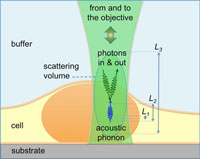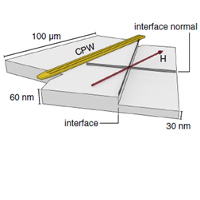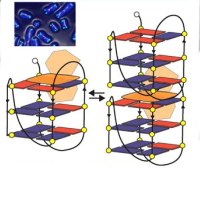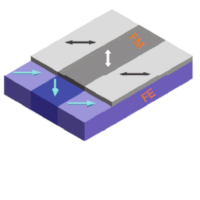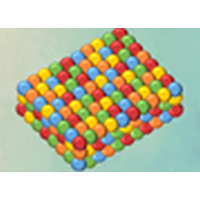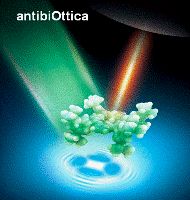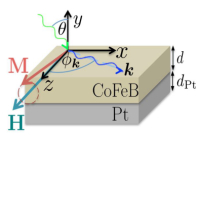Physical Techniques for cultural heritage and environment
Physical techniques for cultural heritage and environment
Contact person: F. d'Acapito, A. Trapananti, C. Mondelli
X-ray Absorption Spectroscopy (XAS) is an ideal technique when dealing with trace elements or systems lacking long range structural order. It allows the determination of the local structure/simmetry of a chosen element as well as its valence state and several details of its electronic structure. These peculiarities are of particular interest in the field of cultural heritage and environmental science where XAS makes possible the investigation of trace (polluting) elements in soils or aerosols, chromophores in artistic manufacts and their chemical evolution upon ageing and exposure to external agents. Neutron scattering (NS) is also of great interest in this field for the possibility of investigating both the structure and the dynamics of materials.
|
The baptism of Jesus, banner by L. Signorelli (end XV Cen.). Samples from altered Smaltino pigment taken from this artwork were used for an investigation on the deterioration of this pigment (I. Cianchetta et al. J. Anal. At. Spectrom., 2012, 27, 1941)
|
Cultural Heritage. Transition metals were frequently used as chromophores in the realization of manufacts. Most of the pigments used in paintings or ceramic decorations are based on metals and their valence state or local simmetry are determinant for the final coloration. A noticeable example is Co 2+ that gives a deep blue hue when present in a tetrahedral coordination or a pale pink color when in an octahedral site. Since XAS provides information on both oxidation state and local coordination within the same spectrum it allows an effective characterization of the materials under study. Advanced data analysis methods like Full Multiple Scattering calculations of the XANES spectra, multishell structural models to fit the EXAFS spectra or ab-initio structural/dynamical simulation of the materials (DFT, MD-DFT) are used by our group for a detailed description of the specimens. Neutron techniques (diffraction, small angle scattering, inelastic scattering) can also be used in cultural heritage science, namely for the study of structure and dynamics of new nano materials (hydroxides and cements) optimised for the application in conservation science (stones, frescos and paper). |
Environment.
Soils or air particulate can contain metals of concern for the human health. The speciation of these elements is of paramount importance as a same element can be present in chemical forms of different toxicity. Cr is a typical example as hexavalent Cr 6+ is considerably more toxic than the trivalent Cr 3+ form. It is thus important not only to detect the presence of an element but also to determine its chemical state and this is the main task of XAS as a complement of the standard laboratory characterizations. The availability of the high flux beamline GILDA makes possible to carry out experiments directly on samples like soil specimens (contamination at tens of mg per Kg) or single filters of air particulate. Advanced data analysis methods permit a complete description of the samples.

